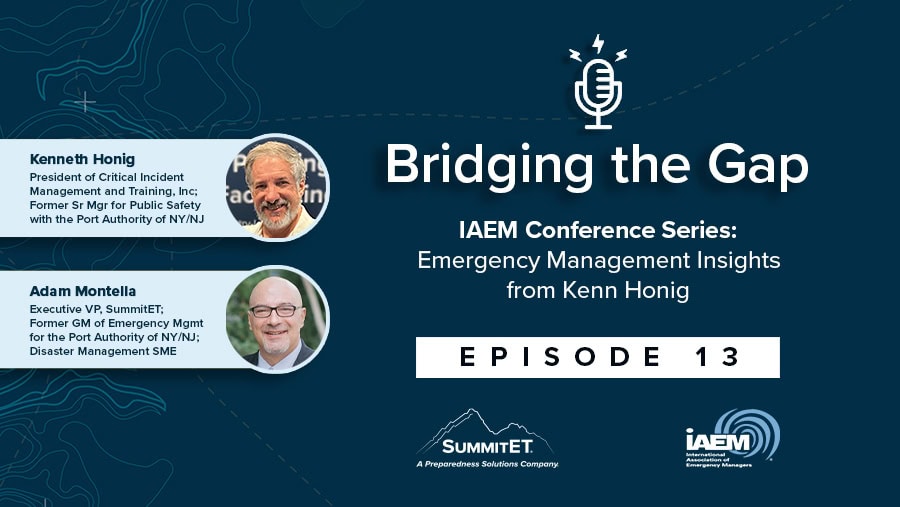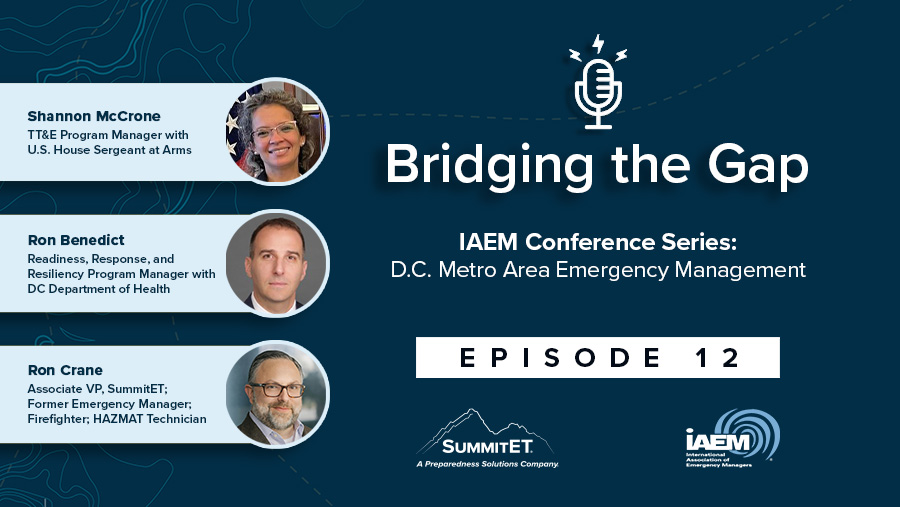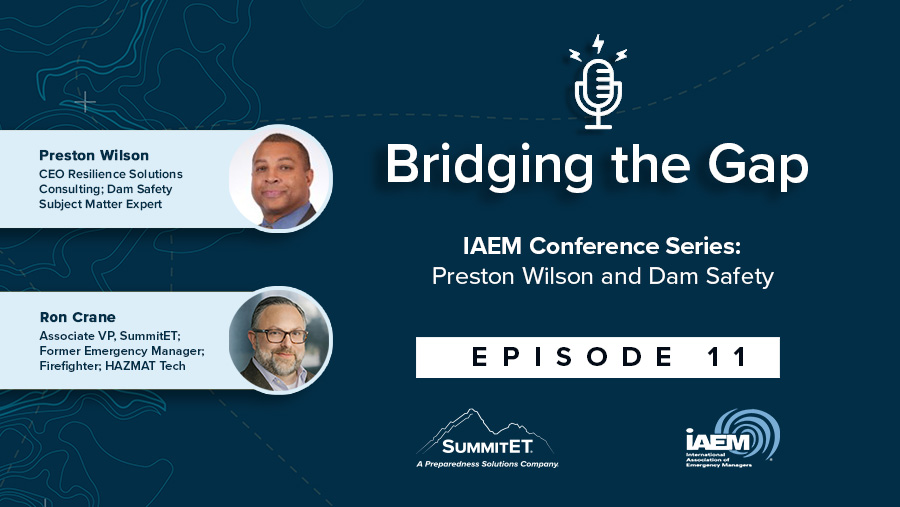Leveraging Technology and Strategic Communications
This summer’s wildfires in Colorado brought to the forefront the critical importance of effective emergency management practices. As these natural disasters become more frequent and intense, it is imperative communities, local governments, and emergency response teams adopt comprehensive strategies to mitigate risks and ensure swift and efficient responses. Explore the role of strategic communications and technological tools such as the FEMA app, county-specific alerts, and other resources which can prove indispensable in these challenging times.
Colorado Wildfires: A Current Overview
Colorado experienced another summer of destructive wildfires, exacerbated by prolonged drought conditions, elevated temperatures, and high winds. These fires, including the Alexander Mountain fire, the Quarry fire, and the Stone Canyon fire, have resulted in significant loss of property, displacement of residents, and adverse health effects due to poor air quality. Firefighters and emergency response worked tirelessly to contain the blazes and protect lives and property. The scale and frequency of these wildfires is increasing, with the 20 largest Colorado wildfires occurring between 2001 and 2020, and the five most destructive fires in terms of homes lost occurring just since 2012. This upward trend underscores the necessity for robust emergency management and strategic communication practices.
Emergency Management Practices
Effective emergency management involves a multi-faceted approach that includes preparedness, response, recovery, and mitigation. Here are some key practices:
Preparedness: This phase involves educating the public about wildfire risks, creating evacuation plans, and conducting regular drills. Communities are encouraged to sign up for county-specific alert systems, develop emergency kits and prepare their homes for wildfires.
Response: During an active wildfire, clear communication channels are essential. Emergency services coordinate with local authorities to issue timely alerts and evacuation orders. The deployment of firefighting resources is strategically managed to contain the fire and protect critical infrastructure.
Recovery: Post-fire recovery includes damage assessment, providing aid to affected individuals, and initiating rebuilding efforts. Mental health support is also crucial as communities cope with the aftermath of a disaster.
Mitigation: Long-term strategies focus on reducing the likelihood of future wildfires. This includes controlled burns, forest management, and adopting building codes that enhance the fire resistance of structures. Training and exercising your emergency management and strategic communication teams will also help ensure the safety of lives and property in your area.
Create Your Own Tabletop Exercise with Our Design Checklist
Strategic Communications: Keeping the Public Informed
In the age of digital technology, strategic communication is more critical than ever for emergency management.
FEMA App
The Federal Emergency Management Agency (FEMA) app is an invaluable tool for both residents and emergency managers. It provides real-time alerts about disasters, safety tips, and information on emergency shelters. The app’s features include:
Weather Alerts: Users receive notifications about severe weather conditions, including wildfires, which can help them take timely action.
Preparedness Information: The app offers guidance on how to prepare for various emergencies, helping individuals create emergency plans and kits.
Disaster Resources: In the event of a disaster, the app provides information on where to find shelters, food, water, and medical assistance.
Other Strategic Communication Tools
In addition to the FEMA app, several other tools and platforms are integral to effective emergency management:
Social Media: Platforms like Twitter, Facebook, and Instagram are used by emergency services to disseminate information quickly. Hashtags related to specific wildfires can help users find updates easily.
Emergency Alert Systems (EAS): These systems broadcast urgent messages via television, radio, and mobile phones to inform the public about imminent threats and necessary actions.
Community-based Networks: Local community groups, neighborhood associations, and volunteer organizations play a crucial role in spreading information and assisting with evacuation efforts.
Challenges and Future Directions
While technological tools and strategic communications have significantly improved emergency management practices, challenges remain. Ensuring that all residents, particularly those in remote or underserved areas, have access to these resources is critical. Language barriers, technological literacy, and access to digital devices can hinder the effectiveness of emergency communication.
To overcome these challenges, emergency management agencies are exploring innovative approaches, such as:
Inclusive Communication: Providing information in multiple languages and accessible formats to reach diverse populations.
Public Education Campaigns: Increasing awareness about the availability and use of emergency apps and resources through community outreach and education programs.
Partnerships: Collaborating with private sector companies, non-profits, and community organizations to enhance resource distribution and information dissemination.
The recent Colorado wildfires have highlighted the critical importance of effective emergency management practices and strategic communications. By leveraging technological tools such as the FEMA app, SMS/text alerts, and social media, emergency responders and the public can stay informed and make timely decisions. As we move forward, it is essential to continue improving these practices and addressing the challenges to ensure the safety and resilience of our communities.
Join us at IAEM 2024

As part of our commitment to promoting emergency preparedness, we are attending the upcoming International Association of Emergency Managers (IAEM) Annual Conference in Colorado Springs, CO. Join us at our booth to meet our experts and learn more about our innovative preparedness solutions.




